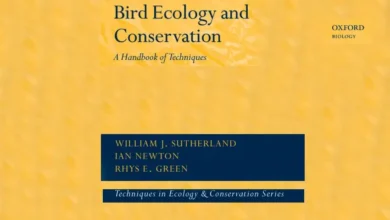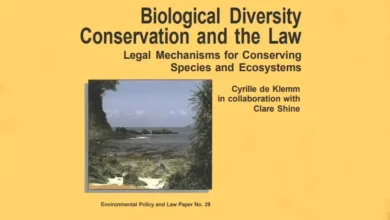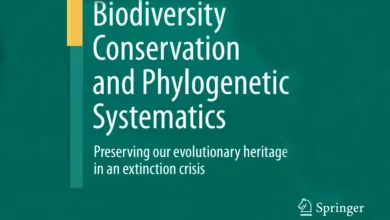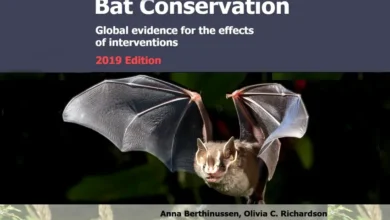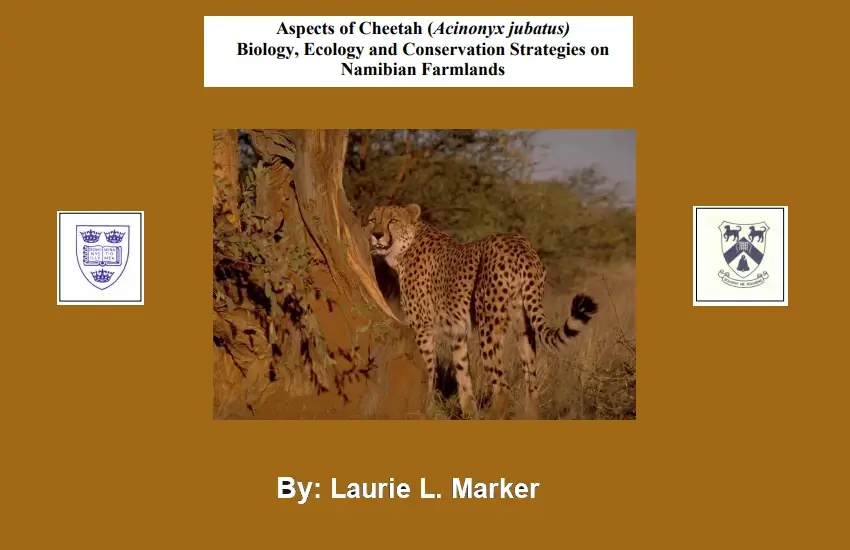Agroforestry and Biodiversity Conservation
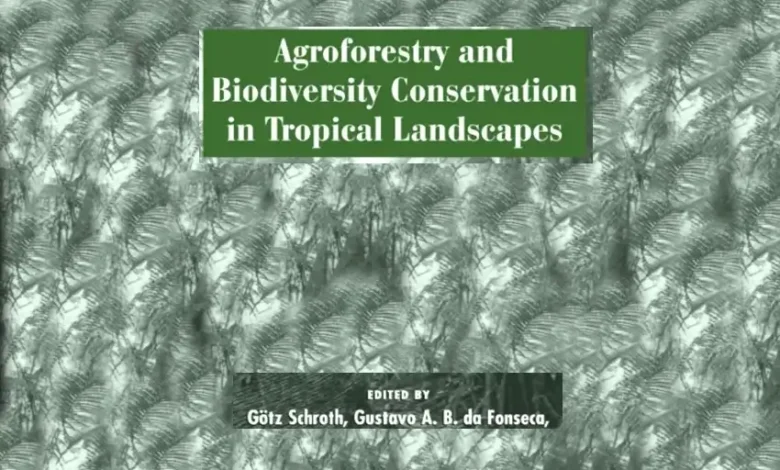
Popular Environmental Book Agroforestry and Biodiversity Conservation. Sustainability isn’t just a buzzword it’s the foundation for a better future. In today’s world, where environmental challenges are mounting, two practices stand out as game-changers: agroforestry and biodiversity conservation. These interconnected fields work together to ensure that our planet’s resources are utilized responsibly, fostering a balance between human needs and nature’s demands.
In this article, we’ll explore the principles, practices, and benefits of agroforestry and biodiversity conservation. Whether you’re an environmentalist, a student, or just curious, you’ll find valuable insights to deepen your understanding.
Agroforestry and Biodiversity Conservation
What is Agroforestry?
Definition and Concept
Agroforestry is a land management system that combines trees, crops, and livestock in a way that creates mutually beneficial relationships. It bridges the gap between agriculture and forestry, offering a more sustainable approach to farming.
History and Development
Dating back centuries, agroforestry was traditionally practiced in tropical regions. Indigenous communities intuitively blended trees with crops, long before the term “agroforestry” was coined. Today, it’s a globally recognized strategy for sustainable land use.
Types of Agroforestry Systems
1. Silvopasture
This system integrates trees with pastureland, providing shade for livestock and improving soil health.
2. Agrosilviculture
Here, crops and trees grow side by side, boosting productivity while reducing erosion.
3. Agrosilvopastoral Systems
A combination of trees, crops, and livestock ensures diversified yields and environmental benefits.
Benefits of Agroforestry
Enhancing Soil Fertility
Agroforestry replenishes soil nutrients through natural processes like nitrogen fixation, reducing the need for synthetic fertilizers.
Mitigating Climate Change
By sequestering carbon, trees in agroforestry systems combat greenhouse gas emissions, making this practice a powerful ally in the fight against global warming.
Economic Benefits
Agroforestry provides multiple revenue streams timber, fruits, and medicinal plants helping farmers increase their incomes.
Agroforestry Practices Around the World
From cocoa farms in Ghana to silvopasture systems in Brazil, agroforestry adapts to diverse climates and landscapes. In India, for instance, integrating neem trees with crops has proven effective in improving yields and combating pests.
Search for environmental Books: Aspects of Cheetah Biology Ccology and A Directory of Paper Recycling Resources.
What is Biodiversity Conservation?
Definition and Importance
Biodiversity conservation is all about preserving the variety of life on Earth plants, animals, and microorganisms. Why? Because a healthy ecosystem depends on this diversity.
Threats to Biodiversity
From deforestation to pollution, human activities are the primary culprits behind the decline in biodiversity.
The Role of Agroforestry in Biodiversity Conservation
Agroforestry systems act as mini-ecosystems, providing habitats for various species. By incorporating trees into agricultural landscapes, we create corridors for wildlife, ensuring their survival in fragmented habitats.
Key Practices in Biodiversity Conservation
Ecological Restoration
Restoring degraded ecosystems helps bring back native species and rebuild ecological balance.
Protected Areas and Reserves
Establishing wildlife sanctuaries and national parks is crucial for safeguarding biodiversity hotspots.
PDF Books as Resources for Environmental Learning
The availability of PDF books on agroforestry and biodiversity conservation has revolutionized access to knowledge. These resources provide step-by-step guides, case studies, and research findings, making them indispensable for learners and professionals alike.
Technological Advances in Agroforestry and Biodiversity Studies
Interactive tools like 3D flipbooks bring these concepts to life, allowing readers to visualize ecosystems in new and engaging ways.
Challenges in Agroforestry and Biodiversity Conservation
While these practices hold immense promise, challenges remain such as lack of awareness, financial constraints, and insufficient policy support. Addressing these barriers requires collective effort and innovative thinking.
Conclusion
Agroforestry and biodiversity conservation are more than just environmental practices; they are lifelines for a sustainable future. By embracing these approaches, we can ensure that our planet thrives for generations to come. For more PDF Books visit our website Media Music Mania.
FAQs
1. What is the main goal of agroforestry?
The goal is to create a sustainable land-use system that benefits both agriculture and the environment.
2. How does biodiversity conservation help the planet?
It ensures ecological balance, supports life systems, and combats climate change.
3. Are PDF books on these topics free to access?
Yes, many PDF books are available online for free, offering valuable insights into sustainable practices.
4. Can small-scale farmers adopt agroforestry?
Absolutely! Agroforestry can be tailored to fit small-scale farms, enhancing productivity and sustainability.
5. How can I contribute to biodiversity conservation?
You can support conservation efforts by planting native species, reducing waste, and spreading awareness.

